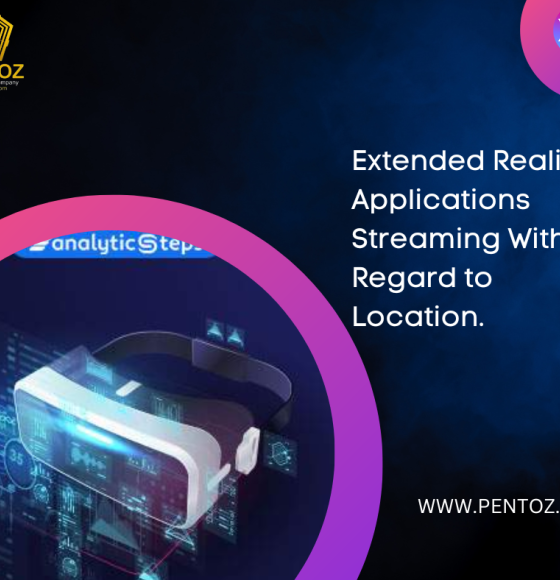Applications for extended reality (XR) offer a distinctive 3D experience and significant advantages for industrial design and development processes. For this reason, Holo-Light’s ISAR remote rendering solution incorporates the rate adjustment into 5G networks based on L4S concept developed by Ericsson and Deutsche Telekom. Users gain from lag-free, high-performance XR streaming as a result, even in locations with poor network connectivity.
Digital and offline worlds can come together in a way that feels very genuine thanks to Extended Reality (XR). For many industrial usage scenarios, relevant Virtual Reality (VR) and Augmented Reality (AR) apps are now essential. Users can take advantage of effects that are wholly immersive thanks to it. It particularly raises the bar for development and design process efficiency. This results in significant cost, time, and resource savings.
Application Streaming for XR on Mobile Devices
VR glasses and other mobile technologies typically fall short of these standards. It is practical to stream XR programs to mobile devices because of this. High-performance XR apps on mobile devices are only then even conceivable. Holo-Light offers ISAR, a specialized XR streaming solution, so that industrial users can take use of these significant advantages.
However, a steady and high-performance network connection is necessary in order to stream AR and VR apps in real time. Since the latter is frequently unavailable at job sites and other locations, specialists like architects and building engineers are unable to acquire a reliable internet connection there.
Bit-Rate Adjustment to Reduce Latencies
Deutsche Telekom has developed a workable remedy for this in conjunction with the Swedish telecom experts at Ericsson: the concept for a rate adjustment in 5G networks based on Low Latency Low Scalable Throughput (L4S). The Internet Engineering Task Force (IETF), a working organization for the technical development of the internet, has standardised an intelligent method for use in this. It guarantees that data packets move swiftly and easily throughout the network. The technology allows for constant latency (low jitter) in both cellular networks and wired networks, also known as fixed networks.
One may make sure that latency-critical applications with high data rates over 5G operate without any hiccups by using L4S QoS (quality of service) streams. It’s crucial that the method doesn’t arbitrarily prioritize any data packets during this procedure. If there is a bottleneck in the data packet transfer, L4S detects it quickly. The system responds to the sender in a manner that is appropriate. Based on this, they modify the bit rate.

















